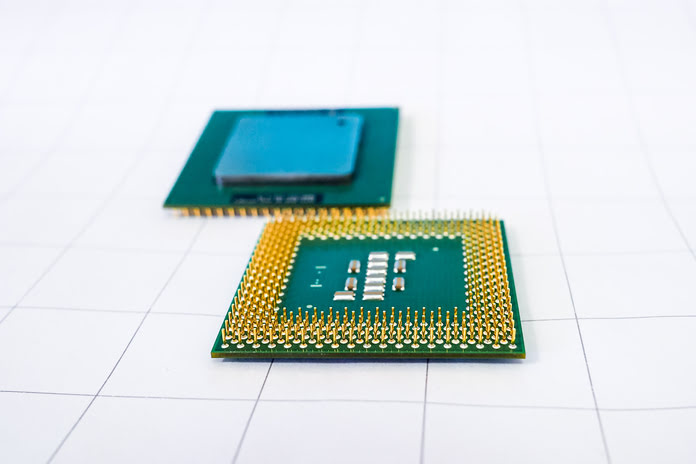The soaring momentum of semiconductor stocks took a hit on Wednesday as Advanced Micro Devices (NASDAQ:AMD) revealed a lackluster revenue forecast for the current quarter, contributing to concerns about sluggish demand for non-AI (Artificial Intelligence) chips. AMD’s target revenue for the first quarter is set at $5.4 billion, plus or minus $300 million, falling short of analysts’ expectations of $5.73 billion, as reported by LSEG data. This overshadowed the positive news of the company nearly doubling its projections for AI processor revenue to $3.5 billion for 2024.
Analyst Stacy Rasgon from Bernstein commented on the situation, stating that while expectations for AMD had reached a fever pitch in recent weeks, resetting those expectations might not necessarily be a bad thing. However, Rasgon pointed out that the ultra-optimistic outlook for datacenter GPUs (Graphics Processing Units) is likely unattainable in 2024, potentially making an already expensive stock even more so.
As a result of AMD’s less-than-expected forecast, shares of the Santa Clara-based company dropped by 5.5% to $162.75 on Wednesday. This decline had a ripple effect on other chip stocks, including Nvidia, Micron Technology (NASDAQ:MU), Qualcomm (NASDAQ:QCOM), Broadcom (NASDAQ:AVGO), and Intel. The combined market value of these chipmakers was on track to lose about $60 billion.
The Philadelphia Semiconductor Index, which had seen a 50% climb over the past 12 months, fell by 1.7%. AMD’s update comes in the wake of Intel’s bleak first-quarter revenue outlook, further amplifying concerns about the AI competition and a weak PC market.
AMD CEO Lisa Su mentioned that demand from cloud computing companies remained soft, and a supply glut in the automotive and industrial sectors weighed on the company’s programmable chips business. Additionally, revenue from AMD’s gaming segment contracted in the fourth quarter compared to the previous year.
With a price-to-earnings (PE) ratio of 43.87, AMD holds the highest valuation among major U.S. chipmakers, according to LSEG data. In comparison, Intel’s PE multiple is 29.78, Nvidia’s is 30.18, Qualcomm’s is 14.94, and Micron’s is 34.33. A higher PE ratio indicates a more expensive valuation.
Despite the setback, at least five brokerages raised their price targets on AMD, pushing the median target to $190, implying an expected 10.4% rise in shares over the next 12 months. TD Cowen analysts expressed that while the expectations were high, AMD delivered where it mattered.
Featured Image: Freepik









